While Eixample is renowned as the Modernista district of Barcelona, with notable buildings such as Casa Battló and La Pedrera; Avinguda Tibidabo remains unrivaled as the greatest combination of preserved modernist marvels in one street. Its grand palatial architecture is sure to impress fans of Catalan Modernism, despite the fact that it doesn’t boast a single work by Gaudí.
Table of Contents
History of the area



Photo by mouseshadows via Visualhunt
Avinguda del Tibidabo runs from the Plaça de John F. Kennedy to the foot of the Parc de la Font del Racó on the slopes of Tibidabo mountain. The residential project was the brainchild of Dr. Salvador Andreu, an entrepreneurial chemist who envisioned a broad tree-lined avenue of luxurious buildings sweeping majestically towards his amusement park at Tibidabo. The land upon which the avenue was built had been a vineyard and was bought by Dr. Andreu’s Tibidabo Corporation in the 1900’s in order to develop the approach to the amusement park as a residential area for the wealthiest inhabitants of the city. The Tramvia Blau, which still operates today, was inaugurated in 1901 at Andreu’s behest, to link Carrer de Balmes with the Tibidabo Funicular (another part of his grand plan for the area). If you want to trace the full historical route, board the iconic blue tram outside the terminus of L7 Metro at Avinguda Tibidabo, then take the funicular to the top of the mountain. The Tibidabo Classic ticket includes both modes of transport, and a classic funfair ride, for €11.
Related article: Casa Amatller – a modernist marvel of Barcelona


Architectural Highlights
Torre Andreu – La Rotonda
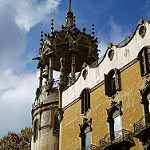


Photo by horitzons inesperats via Visualhunt
Renovation of this impressive building was completed earlier this year, with the scaffolding being removed to reveal a forgotten gem of the Modernist movement. Its ochre stucco façade is highlighted by decorative wrought-iron balconies and window-frames, and its crowning glory is its ornate belvedere tower. Constructed in 1906 to the design of architect Adolf Ruiz i Casamitjana, the Torre Andreu takes its name from Dr Salvador Andreu, who commissioned the building as part of his overall project for Tibidabo. . The ornate rotunda was added in 1918 by architect Enric Sagnier. It served for several decades as a luxury hotel named La Rotonda, but by the 1970s it had fallen into disrepair and was facing demolition. In October 1976 it was designated a Historical Monument of Barcelona, and thus saved from ruin. However, the ensuing battle over what form the reconstruction should take led to a considerable delay in the process of restoration. Now that this has been completed, it looks set to house a commercial centre with offices, shops and parking spaces.
Address: Avinguda del Tibidabo 2-4.
Related article: Cheapest hotels in Sarria-Sant Gervasi
| 🎫 Do you want to know more about modernism? ShBarcelona and Ticket Bar offer you the Barcelona City Pass. With this card, you can visit the Sagrada Familia and the Park Güell without queues. Besides, you can discover the best of Barcelona by getting on the sightseeing Hop-on Hop-Off and get a 20% discount on the most visited attractions in Barcelona! |
Torre Ignacio Portabella



Photo by Ingrid Wilson
This majestic villa was the work of the master builder José Pérez Terraza, dating from 1905. Its ornate ochre stonework is outstanding, as are the beautiful frescoes which adorn the upper story.
Address: Avinguda del Tibidabo, 27.
Casa Roviralta – Frare Blanc
This striking building in the Neo-Mudéjar style was the design of architect Joan Rubió. It was built between 1903 and 1913 on the site of a farmhouse which had belonged to a Dominican convent, hence it’s nickname, Frare Blanc or ‘the White Friar’. Today it houses the restaurant El Asador de Aranda. This high-end restaurant specializes in meats slow-cooked to a traditional method in wood ovens. From inside you can appreciate the modernist interior with its stained glass windows and intricate exposed brickwork.
Address: Avinguda del Tibidabo, 31.
Casa Fornells
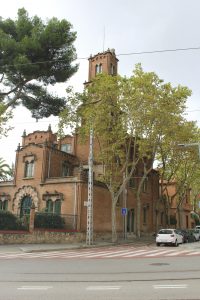


Photo by Ingrid Wilson
Another building by Rubió, at the North end of the avenue, is the stunning medievalist Casa Fornells. It is built in exposed red brickwork, also clearly Moorish influenced in its Neo-Mujehar details.
Address: Avinguda del Tibidabo, 35.
If you are interested in finding out more about the architecture of the area, and Barcelona’s Modernist masterpieces in general, check out the website of the Ruta del Modernisme. There you can find detailed itineraries which take you on a tour of key modernist works in the city and provide you with more information about their history and architecture. And if you are looking for somewhere to stay while you explore the modernist gems of the Catalan Capital, ShBarcelona has a variety of properties on offer which are sure to suit your needs.









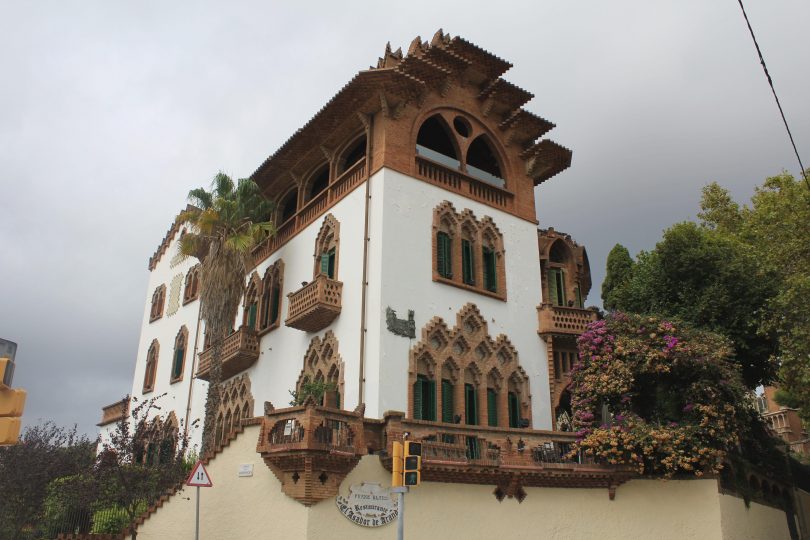
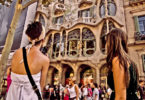



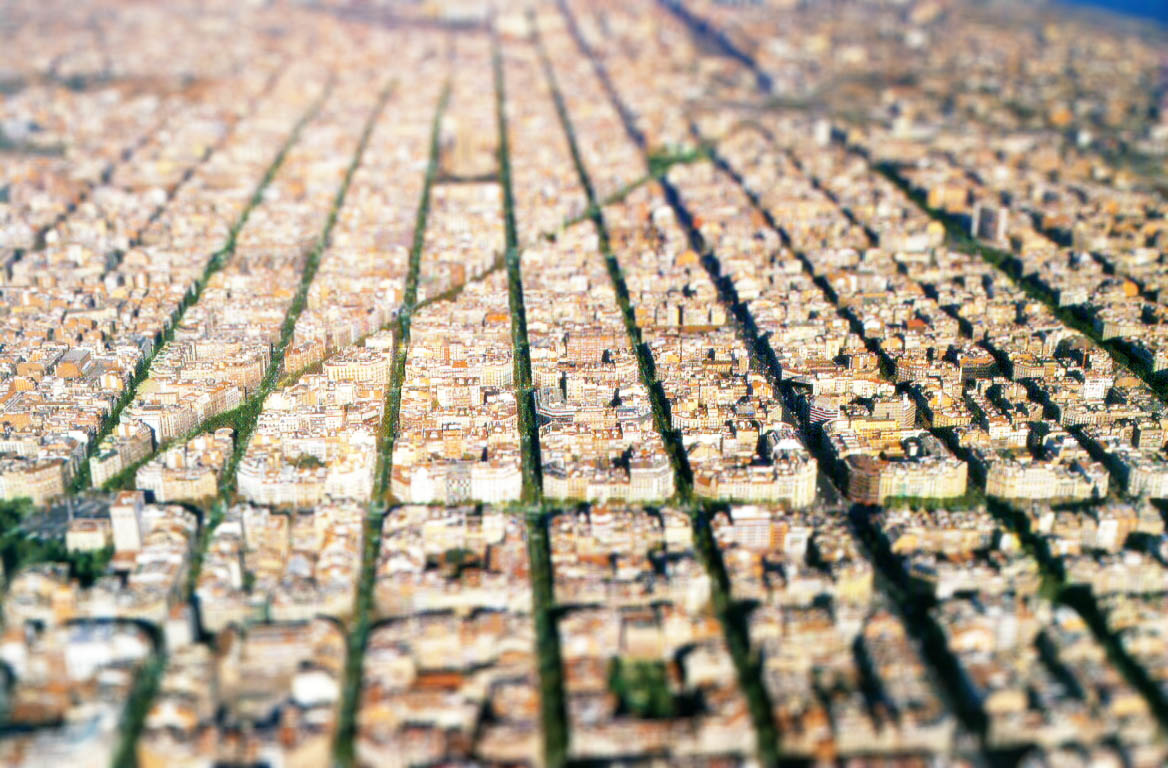



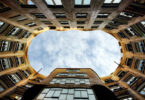
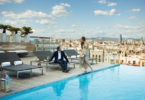

Leave a Comment